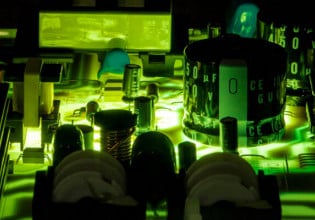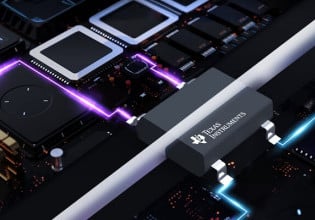Dual-channel Plug-and-play Drivers for MIAA, MIFA and MIDA-type IGBT Modules
Proton-Electrotex now offers compatible drivers for the entire lineup of its IGBT modules.
Proton-Electrotex now offers compatible drivers for the entire lineup of its IGBT modules. They are advanced dual-channel plug-and-play IGBT drivers for MIAA, MIFA and MIDA-type IGBT modules with collector current up to 600А and voltage class up to 1700 V. Depending on application the driver can operate in 2 modes – independent control (direct mode) or half-bridge mode. Features include short-circuit protection with “soft shutdown” of the IGBT module.

Features
- For IGBTs with VCE up to 1700V
- Plug-and-Play solution
- Gate peak current IOUT ±15 A
- Gate output voltage UOUT +15/-9 V
- 15V logic control
- Direct/half-bridge mode
- Isolation testing voltage 4kV AC
- PWM frequency up to 15 kHz
- IGBT short-circuit protection
- Power-supply monitoring (UVLO)
Applications
- Converters for solar and wind energy
- Uninterruptible power supplies (UPS)
- Electric transport
- Frequency converter
- Active rectifiers
| Part Number | IGBT type | VCES [V] | Visol [V] | IOUT [A] | QG [uC] | Channel |
| DI215-17-E-1 | MIDA | 1700 | 4000 | 15 | 5600 | 2 |
| DI28-17-E-1 | MIAA | 1700 | 4000 | 8 | 5600 | 2 |
| DI28-17-E-2 | MIFA | 1700 | 4000 | 8 | 5600 | 2 |
About Proton-Electrotex
Proton-Electrotex is one of the Russian leaders in the design and manufacture of power semiconductor diodes, thyristors, modules, coolers, IGBTs (IGBTs), as well as power units for use in various electric energy converters. The company was founded and began production in 1996 on the leased premises of the Proton plant. Since then, Proton-Electrotex has developed its own infrastructure for the entire production cycle. Production is equipped with modern production lines, measuring equipment of our own production and areas for “clean technologies” with full compliance with the requirements for electronic products and microelectronics.
This article originally appeared in the Bodo’s Power Systems magazine.






